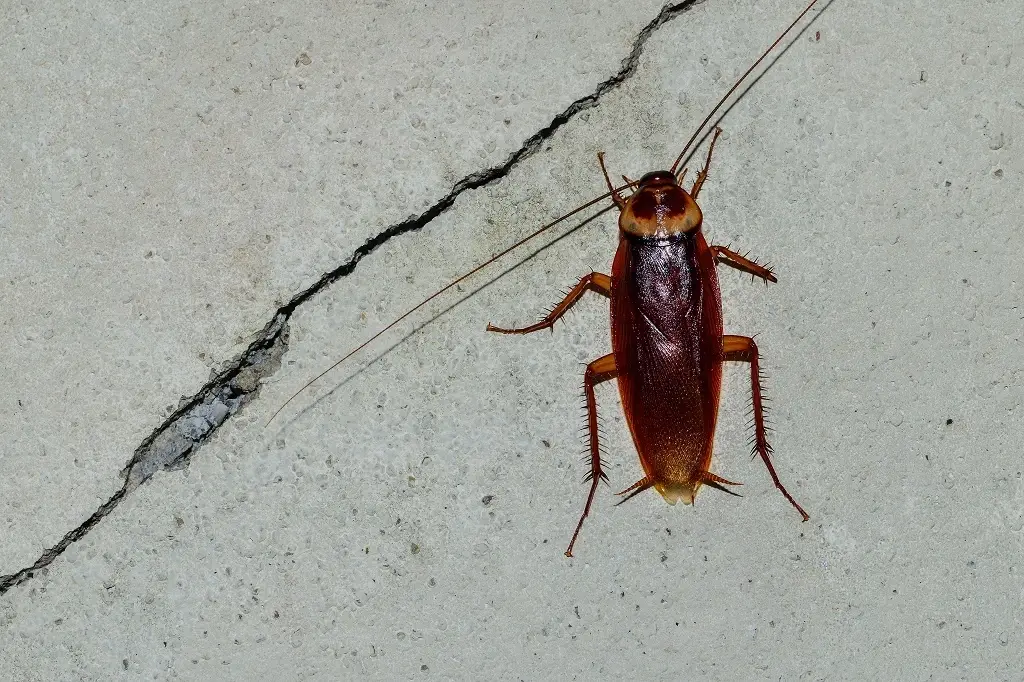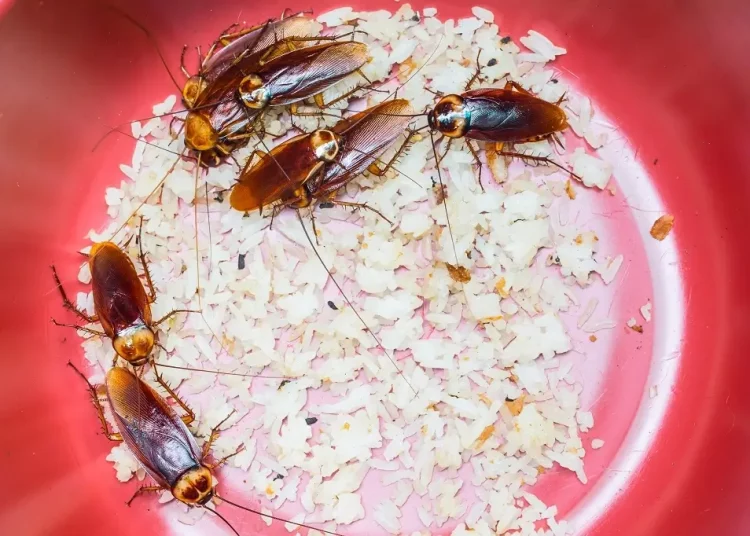Do you have any idea what a palmetto bug is? The cockroach is the common name of about 4,000 species of bugs. Most people often end up confused about what precisely a cockroach is. This is because a lot of bugs, like beetles, can look like them, this is also why so many of us also refer to them with one name.
Simply put, there is no difference between the palmetto bug and the cockroach. This is because the palmetto bug is just another name for this insect. Read on and find out why a lot of people get confused with the name, and why the common cockroach is also called the palmetto bug.
What Is A Palmetto Bug?

A palmetto bug is a moderate to large-sized insect that has a dark brown color, as well as dark patterns near its head that look like dark glasses. As a nocturnal insect, this bug is very active at night as it tries to look for anything rotten to eat. It is opportunistic and it can consume trash and even dead animals.
Although they will scurry away when there is light, they will sometimes fly towards it. Although this bug can eat a wide array of items, it does not consume blood. This is why it does not typically bite humans. If it does bite you, experts say that it can cause temporary irritations or a mild rash.
The palmetto bug does not have to come in contact with your skin to cause disease. If they can come into contact with your food, kitchen utensils, or ingredients, they can easily contaminate it with Salmonella. If they have a nest in your house, they can also trigger asthma and allergies.
Sounds familiar? This is because the palmetto bug is a type of cockroach. But not just any cockroach, it is the widely known American cockroach that can be commonly found in sewers, in trash bins, and in many unsanitary areas. It is also the same cockroach that carries deadly diseases.
The palmetto bug is considered the largest species of cockroaches. They release pheromones to signal that they are ready to mate, and they can produce 16 eggs in one case. The cockroach can produce hundreds of eggs in a lifetime, this is why it can be easy for them to create an infestation.
What’s In A Name?
The term cockroach has led to a lot of misidentification and misunderstanding. As mentioned, a lot of people call all sorts of crawling and flying insects a cockroach, thus giving the name away to other insects. This has also caused the actual cockroach to lose its own identity.
The palmetto bug is also known as the Periplaneta Americana. The name also refers to cockroaches that are commonly found in the Southern and Southeastern parts of Central America. The name “palmetto bug” is one of its folk names. Other folk names include “croton bug” and “water bug”.
When someone calls a bug a cockroach in the U.S., there is a huge chance that he or she is actually referring to another insect. For example, some people will call actual water bugs a cockroach, and a cockroach, even though it does not thrive in water, is a “water bug”.
Conclusion
To answer the question, the palmetto bug is the American cockroach. The term palmetto bug is a folk name given to the cockroach simply because they are commonly seen hiding behind the leaves of the palm tree. And because this bug is a cockroach, you need to understand its full impact.
This bug cannot live on water, but it needs water or moisture for survival and breeding. Since its main focus is survival, you can expect that the palmetto bug will try to find suitable conditions inside your house. If it does find a good spot, it can multiply and create an infestation rapidly.
Identifying an infestation can be tricky without knowing what to look for, particularly when it comes to juvenile roaches. If you’re curious about what signs to watch out for, you might want to learn about what baby roaches look like. Baby roaches, or nymphs, can indicate a growing infestation and require different strategies for control than adult roaches.
If you find a palmetto bug in your house, it might mean that there is an infestation and that your house might need a lot of cleaning. You need to sanitize all the areas of your house and you will need to use products that can kill the roaches on contact, or bait them so that the infestation will be controlled.
If you see tens of them in your house, there is a huge chance that hundreds more may be hiding somewhere dark, damp, and dirty. It might be best if you contact a pest control company so that the problem can be dealt with right away before the infestation spreads to other areas of your home.
Have you seen palmetto bugs scurrying around in your house? Tell us your story and share your experience with us in the comments section below.
Frequently Asked Questions About Palmetto Bugs
Are palmetto bugs and German cockroaches the same?
No, they are not the same. Palmetto bugs refer to the American cockroach, which is larger and a different species than the German cockroach. German cockroaches are smaller, usually about 1/2 inch in size, and are more tan or light brown.
Why are they called “palmetto” bugs?
The name “palmetto bug” originated because these cockroaches were often found hiding beneath palmetto leaves in the southeastern U.S. The term has since become a colloquial name for the American cockroach in certain regions.
Can palmetto bugs fly?
Yes, adult palmetto bugs (American cockroaches) have wings and are capable of flying for short distances. However, they are more known for their quick scurrying movements on the ground.
What attracts palmetto bugs into homes?
Palmetto bugs are attracted to warm, damp environments with ample food sources. Common attractions include food crumbs, garbage, leaky pipes, and general clutter. They can also enter homes to escape extreme weather conditions.
Are there natural ways to repel or eliminate palmetto bugs?
Yes, there are several natural remedies homeowners can try. These include diatomaceous earth, which damages the exoskeleton of the bugs; a mixture of sugar and baking soda, which can be lethal when consumed by roaches; and essential oils like peppermint or eucalyptus, which can act as repellents. However, for serious infestations, professional pest control might be necessary.




















